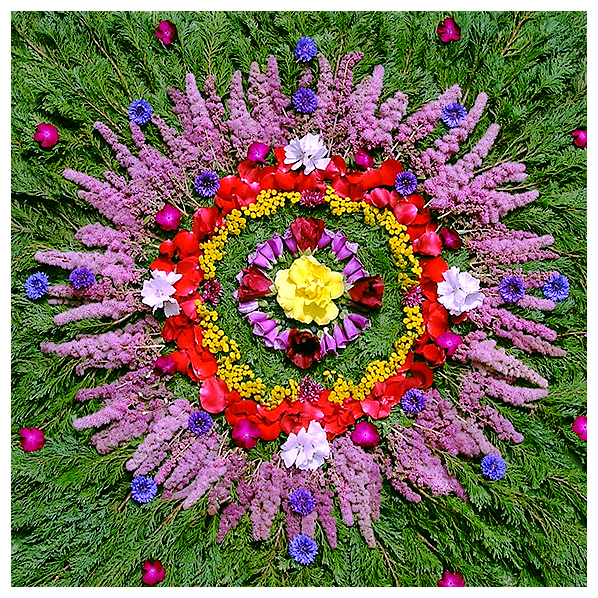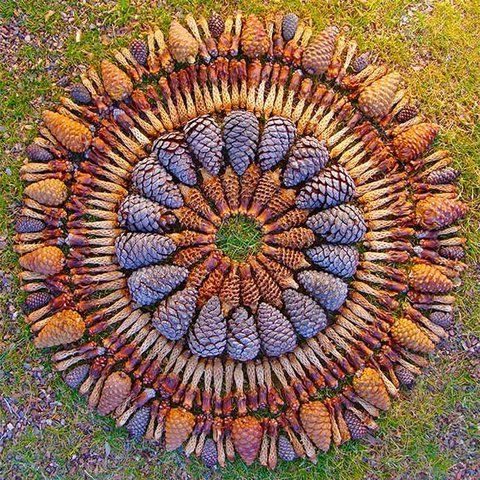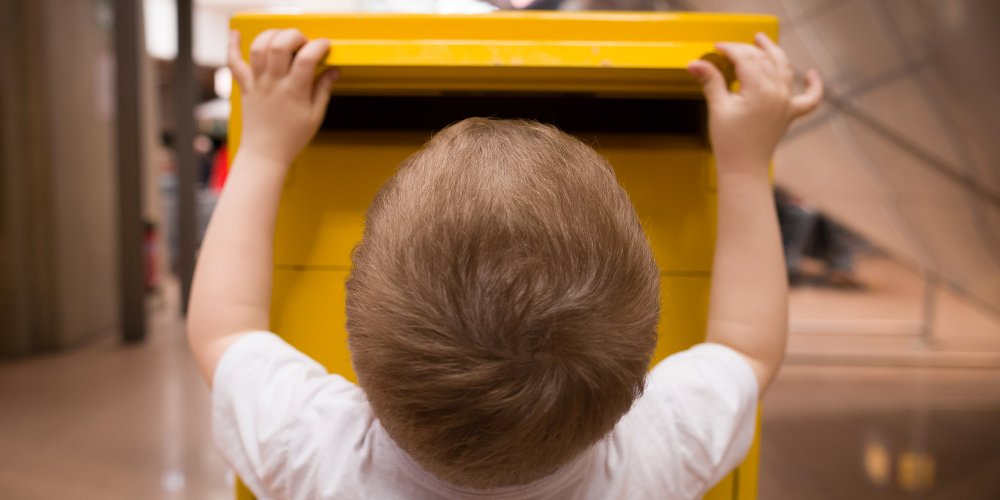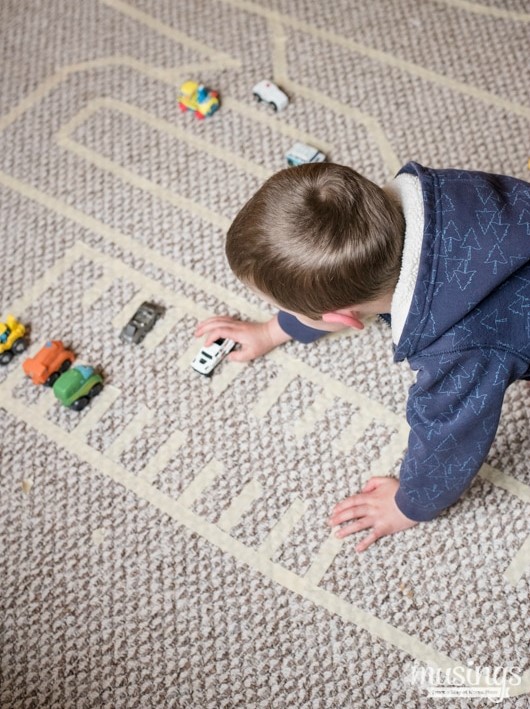Today’s activity cultivates patience, dexterity, precision, helps with concentration and the sense of observation.
Creating a mandala can take many hours or many days depending on the complexity of your creation. With this activity, you’ll spend time outside and please your little artists.

Step 1: Let's go on an adventure!
Chose your spot- your yard, a hiking trail, a beach or why not the woodlot in your neighborhood. Don’t forget to dress according to the weather and go on an adventure!

Step 2: Start collecting
During your jaunt, simply collect item that inspire you : pine coombs, stones. Feathers, shells, leaves and branches that have already fallen. It’s a good idea to vary colours, sizes and have a good variety of materials.
Mandalas can be made outside in spring, summer, fall or winter! It is interesting to see differences between your creations depending on the seasons.

Step 3: Create with nature!
Spread your items out on the ground in a circle to create drawings. Here are a few suggestions to create your own mandala :
- Choose a peaceful spot.
- Make a big circle directly on the ground, on the ground or in the snow.
- Make many circles in your big one. You can also draw a radius to organize the room in the circle.

Diary
We invite you to describe your family’s activities. The description can a drawing, a collage, a story, a poem or you can even glue items that pertain to this activity (feathers, leaves, flowers) directly in your diary!
Save a space to answer the following questions :
- Can you imagine a totally different way of making a mandala?
- How did you feel while creating the mandala?
- What did you learn and what did you prefer about this activity?
Did you know?
- The word “mandala” comes from Sanskrit, the sacred language of the Brahmans of India. It means “sacred circle”. It is a circular geometric figure centered around a central point and embellished with symbolic colors that represents the universe. It is the image of the ultimate reality of the universe, at all in the form of a pie chart.
- The mandala can also allow us to represent our emotional state, using colors.
- Traditionally, the mandala is often exposed in temples, painted on a canvas called a Tanka. In Tibet, the Mandala is sometimes made with very fine and colored sand. The monks take several months to create it; first they make a drawing on the ground, then they gradually lay the grains very gently on it. It will only be visible for a few days; the time of a ceremony and the sand will be scattered into the wind or into the river.
To learn more about the origins and meanings of mandalas click here.
To continue the activity indoors, you can find models of mandalas that you can color here.
We hope you had a good time! Please do share pictures of mandalas created by your family on Carrefour francophone’s Facebook page to inspire others!
An activity by Kim de Bine.





